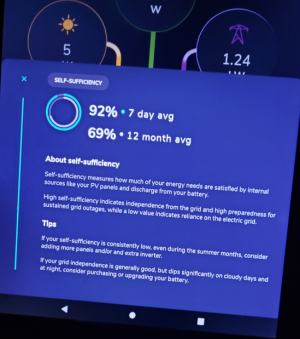What about a phase converter VFD ? I was reading that they wire directly to the motor and all original controls work just fine. Sounds simple to me. And less noise than running a RFC. Am I correct or not?
Yes and no. If you are talking about the ones sold on Amazon (DPS Digital Phase Converters) these are nothing more than a static converter with maybe have some digital circuitry, they are pretty much crap. If you are talking Phase Perfect, they are true phase converters (actually they just generate the 3rd phase), and they are quite a bit more expensive (around $800 for their entry level 3Hp converter) then a 2 Hp VFD. The third leg is generated within 2% of the line voltage, so 230-240VAC, you have a 208VAC motor.
A VFD you can set the voltage to a lower amount then the line voltage, so something like the Hitachi WJ200-015SF is a single phase 240VAC input VFD that can output 200-240VAC (most VFD's other than doublers, the output voltage needs to be below the line input line voltage). You also need to look at other components like transformers, contactors, lights and see what they operate at.
You need to also look at the 230/240VAC line to your garage as to what that is rated and what else will be running off of that line and how the breaker providing the power to that line is setup. You cannot just use the same line for both 120 and 240VAC without bringing it to a sub-panel and having separate single breakers for 120 circuits and a double breaker for 230VAC. Keeping it simple I would just go with a 230VAC single phase input 2 Hp VFD, minimum dual breaker size is 20A. If you can pull a separate 230VAC line that is more ideal, otherwise you could overload a single circuit. Most 120VAC circuits for plugs are rated at 15A so the largest VFD that could be run off of this would be around 1Hp. These are a hi level view, you should check with an electrician and local code as there are many electrical regulations specific to VFD's. The circuit/breaker needs to be rated at 125% of the VFD input amps (single phase), and is not a function of the motor size it is driving. Also, VFD's do not play nice with GFCI's on the same circuit, a real problem if they are required.


